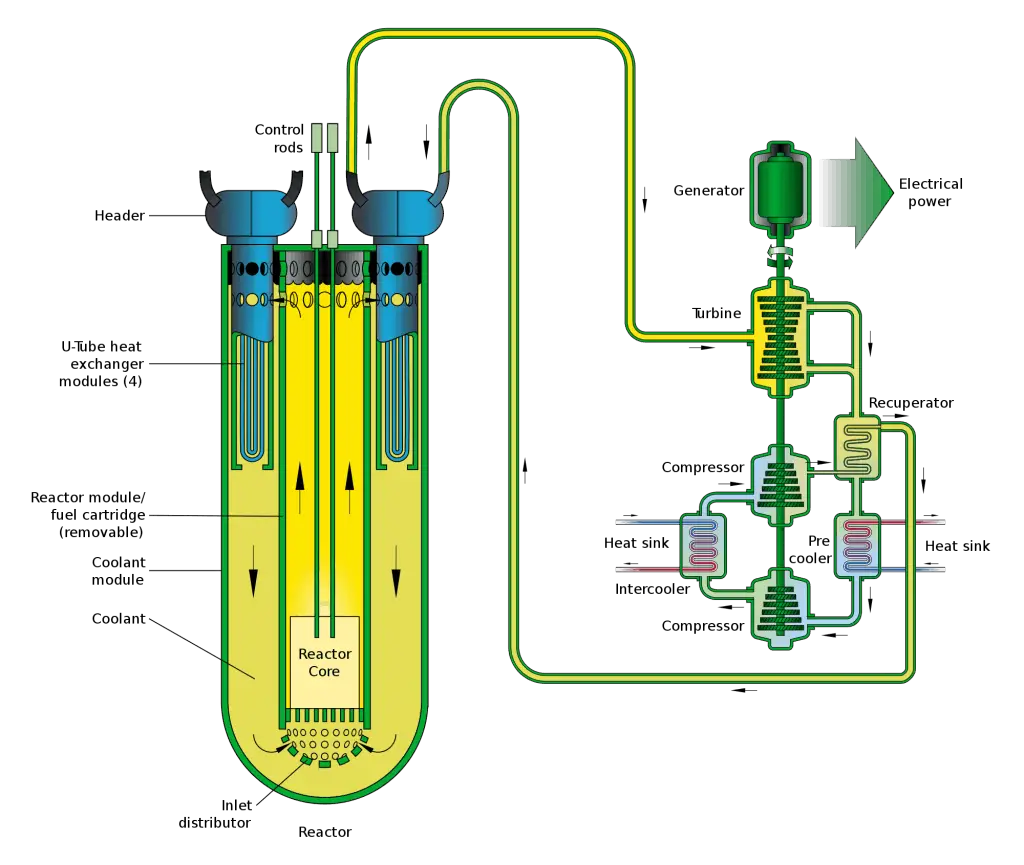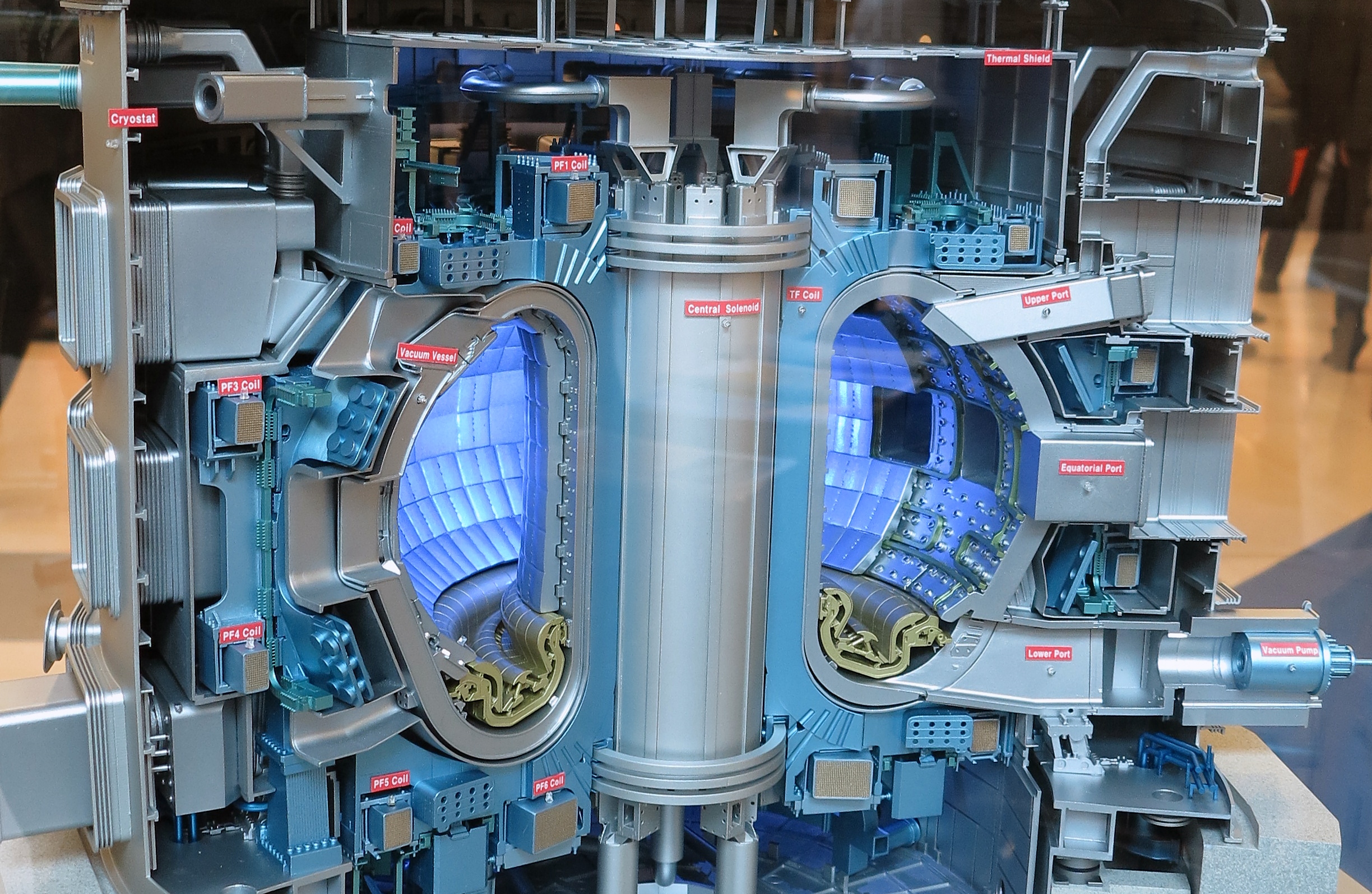
The funding will further support their concept development in order to demonstrate these promising reactors by the mid-2030s.

In addition to these five designs, we also awarded $20 million on less mature, but novel advanced reactor designs later this month. BWXT Advanced Nuclear ReactorĪRDP plans to leverage the National Reactor Innovation Center at INL to efficiently test and assess these technologies by providing access to the world-renowned capabilities of our national laboratory system. designs that could be operational within the next 14 years.

The goal is to improve technology readiness and prepare them for future demonstration, and eventual deployment. teams to address the technical, operational and licensing challenges that they currently face. To help lower this technology development risk, we awarded $30 million to five U.S. Nuclear Regulatory Commission (NRC) that these reactors work as designed. Many companies don’t have access to the infrastructure, facilities and computer models needed to gather the data that’s required to prove to the U.S. And, although these designs may be further along in the technology development process at this time, we recognize that other domestic vendors need additional financial, technical, and regulatory support to mature their designs. Two ARDP demonstration projects are currently moving forward as TerraPower and X-energy aggressively work with their teams to plan for and ultimately deliver operational reactors within the next seven years. They range from advanced light-water-cooled small modular reactors to new designs that use molten salts and high-temperature gases to flexibly operate at even higher temperatures and lower pressures.Īll of them have the potential to compete globally once deployed and will offer consumers more access to a reliable, clean power source that can be depended on in the near-future to flexibly generate electricity, drive industrial processes and even provide potable drinking water to communities in water-scarce locations. The advanced reactors selected for risk-reduction awards are an excellent representation of the diverse designs currently under development in the United States. reactors that offer significant improvements over today’s technology. This will ultimately help us build a competitive portfolio of new U.S. Department of Energy's Advanced Reactor Demonstration Program, commonly referred to as ARDP, is designed to help our domestic nuclear industry demonstrate their advanced reactor designs on accelerated timelines. These include negative temperature feedbacks, meltdown-proof fuels, and passive heat removal.The U.S. While these modern designs enjoy great diversity, they employ many of the same action-free redundancy features to ensure safe operations. Since 2010, there has been a renaissance in nuclear energy, including this microreactor technology, both in the research and commercial industries, leading to a flurry of new nuclear startups and many new design proposals. There are many different designs for microreactors that have been created, tested, and even deployed since nuclear power came to fruition in the 1950s.

For reference, the Clinton Power Stationreactor, operated by the Constellation Energy Corporation only 45 minutes from Champaign, can produce up to 1062 MW of clean electricity. Specifically, microreactors are devices that utilize a fission chain reaction to generate between one and 20 MW of heat energy, or one-third of that as carbon-free electrical energy. Nuclear microreactors are just small nuclear reactors.


 0 kommentar(er)
0 kommentar(er)
